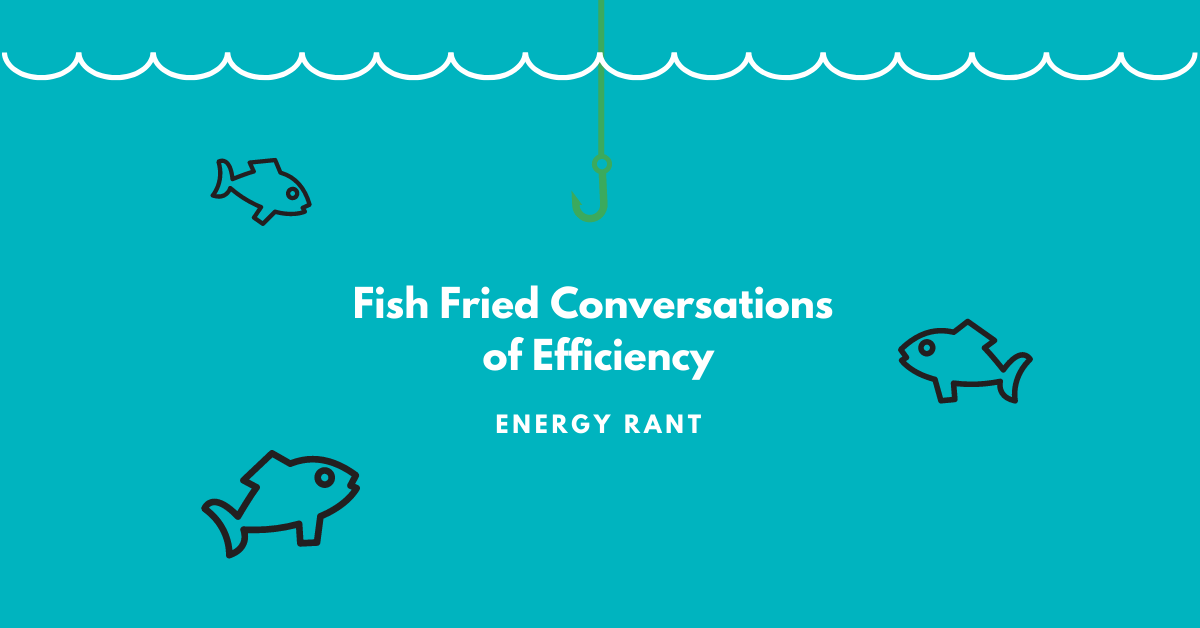
by Jeff Ihnen | Aug 10, 2021 | Energy Rant
As described last week, net savings and program attribution are measures of an efficiency program’s influence on making a project happen for utility customers. There is a range of influence that energy savings has in motivating customers to do a project, and...

by Jeff Ihnen | Feb 25, 2019 | Energy Rant
In the last two Rant posts, we learned that our 40-year-old program evaluation frameworks need to change to capture greater, real impacts. Rather than improving programs and accurately determining impacts, archaic evaluation methodologies are impeding progress toward...

by Jeff Ihnen | Apr 7, 2014 | Energy Efficiency, Energy Rant
Last week I attended the ACEEE National Symposium on Market Transformation in Baltimore. Learning and information gathering from conference sessions are typically down the list of reasons I attend conferences. This conference however turned out to be very beneficial...




